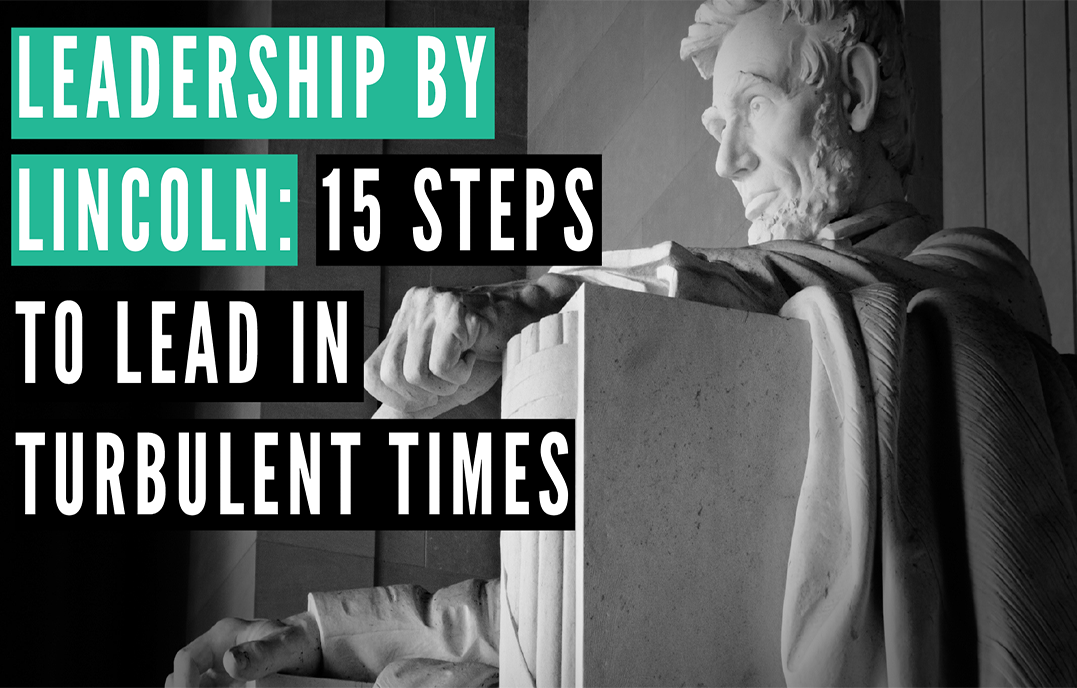It’s been nearly eight months since George Floyd called out for his mother as his life was callously drained away by a white police officer in broad daylight on a Minneapolis street. Mr. Floyd’s death ignited a powder keg in America that spread around the world. Images of his murder, followed by buildings in flames, followed by national guard troops positioned on the steps of the Lincoln Memorial show the worst of what can happen when we lack the kind of leadership that helps us navigate the path between chaos and control.
Before sitting down to write this dispatch, I picked up my copy of Leadership in Turbulent Times, to find inspiration and historical perspective. In the book, author Doris Kearns Goodwin profiles Presidents Abraham Lincoln, Theodore Roosevelt, Franklin Roosevelt, and Lyndon Johnson.
Goodwin compared and contrasted the four presidents, and noted how their lives were marked by crucibles that shaped their leadership style. This time, I opened the book to Chapter 9, Transformational Leadership. The chapter opens on March 4, 1861, the first day Abraham Lincoln took office.
Goodwin writes, “the house was not merely divided; the house was on fire. Seven southern states had passed resolutions to secede from the Union in the four months between Lincoln’s election and his inauguration.”
It was against this backdrop that Lincoln helped the nation navigate the path between chaos and control. “His temperament was stamped with melancholy,” Goodwin writes, “but devoid of pessimism and brightened by wit.”
Here are 15 steps that Lincoln took to lead our divided country:
1. Acknowledge when failed policies demand a change in direction
2. Gather firsthand information, ask questions
3. Find time and space in which to think
4. Exhaust all possibility of compromise before imposing unilateral executive power
5. Anticipate contending viewpoints
6. Assume full responsibility for a pivotal decision
7. Understand the emotional needs of each member of the team
8. Refuse to let past resentments fester; transcend personal vendettas
9. Set a standard of mutual respect and dignity; control anger
10. Shield colleagues from blame
11. Maintain perspective in the face of both accolades and abuse
12. Find ways to cope with pressure, maintain balance, replenish energy
13. Keep your word
14. Know when to hold back, when to move forward
15. Combine transactional and transformational leadership
My temperament since the death of George Floyd, too, has been marked by melancholy. But, I find inspiration anew each day as I see people at all levels in our society guiding the way through leadership that seeks to unify.
Question: Which of these 15 leadership skills from Lincoln’s playbook can you use today?
Driven by the premise that excellence is the result of aligning people, purpose and performance, Center for Executive Excellence facilitates training in leading self, leading teams and leading organizations. To learn more, subscribe to receive CEE News!




